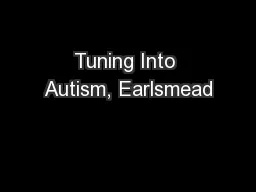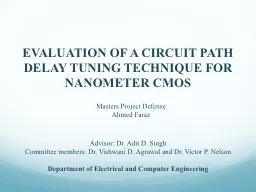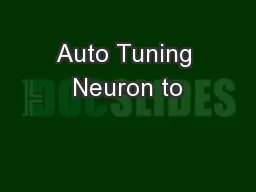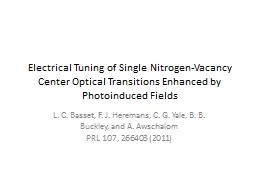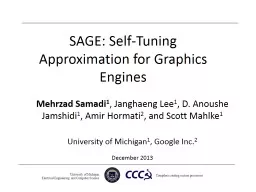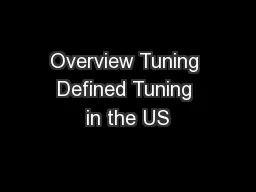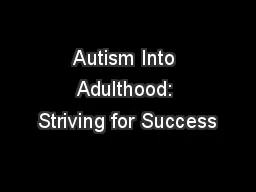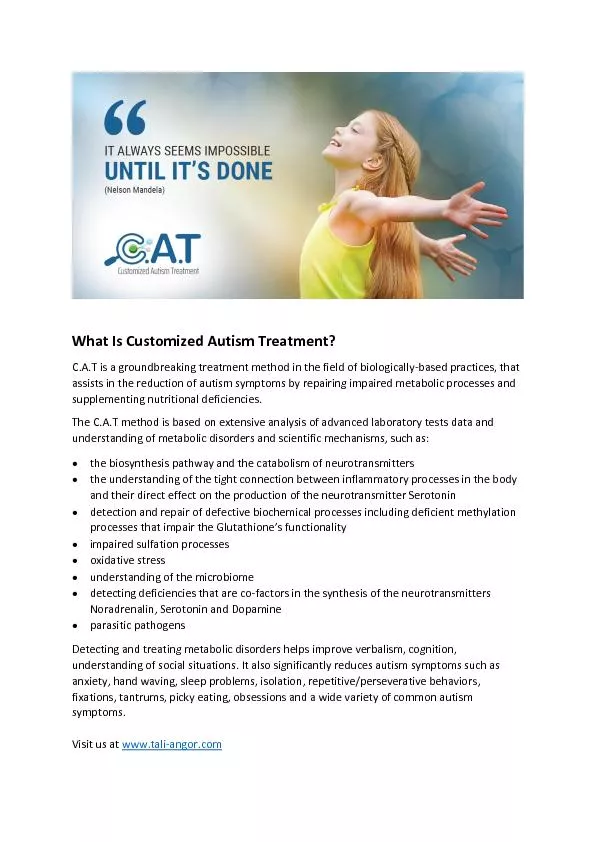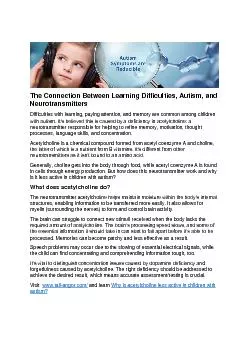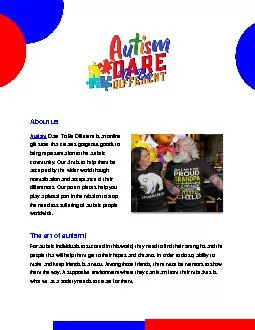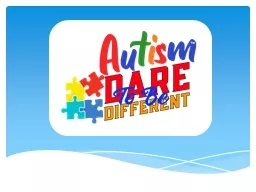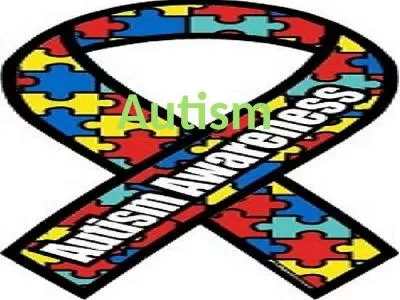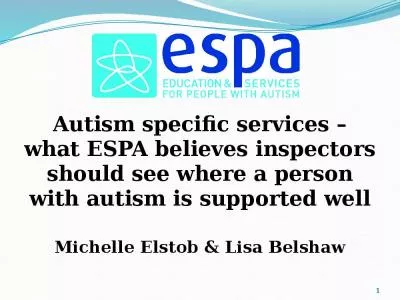PPT-Tuning Into Autism, Earlsmead
Author : phoebe-click | Published Date : 2018-03-14
School 3 rd September 2015 Andrew Royle Dramatherapist Exploring Autism medically socially and as a way of being Eugen Blueler 1857 1939 Swiss Psychiatrist
Presentation Embed Code
Download Presentation
Download Presentation The PPT/PDF document "Tuning Into Autism, Earlsmead" is the property of its rightful owner. Permission is granted to download and print the materials on this website for personal, non-commercial use only, and to display it on your personal computer provided you do not modify the materials and that you retain all copyright notices contained in the materials. By downloading content from our website, you accept the terms of this agreement.
Tuning Into Autism, Earlsmead: Transcript
Download Rules Of Document
"Tuning Into Autism, Earlsmead"The content belongs to its owner. You may download and print it for personal use, without modification, and keep all copyright notices. By downloading, you agree to these terms.
Related Documents

